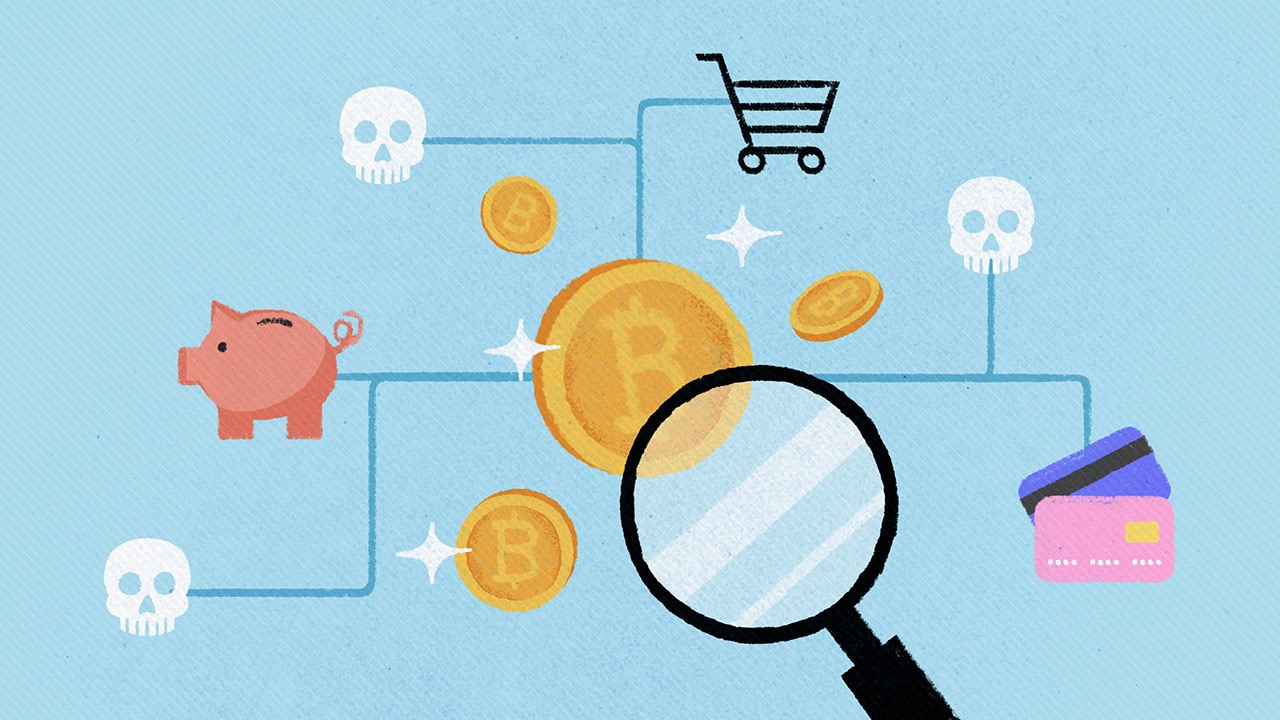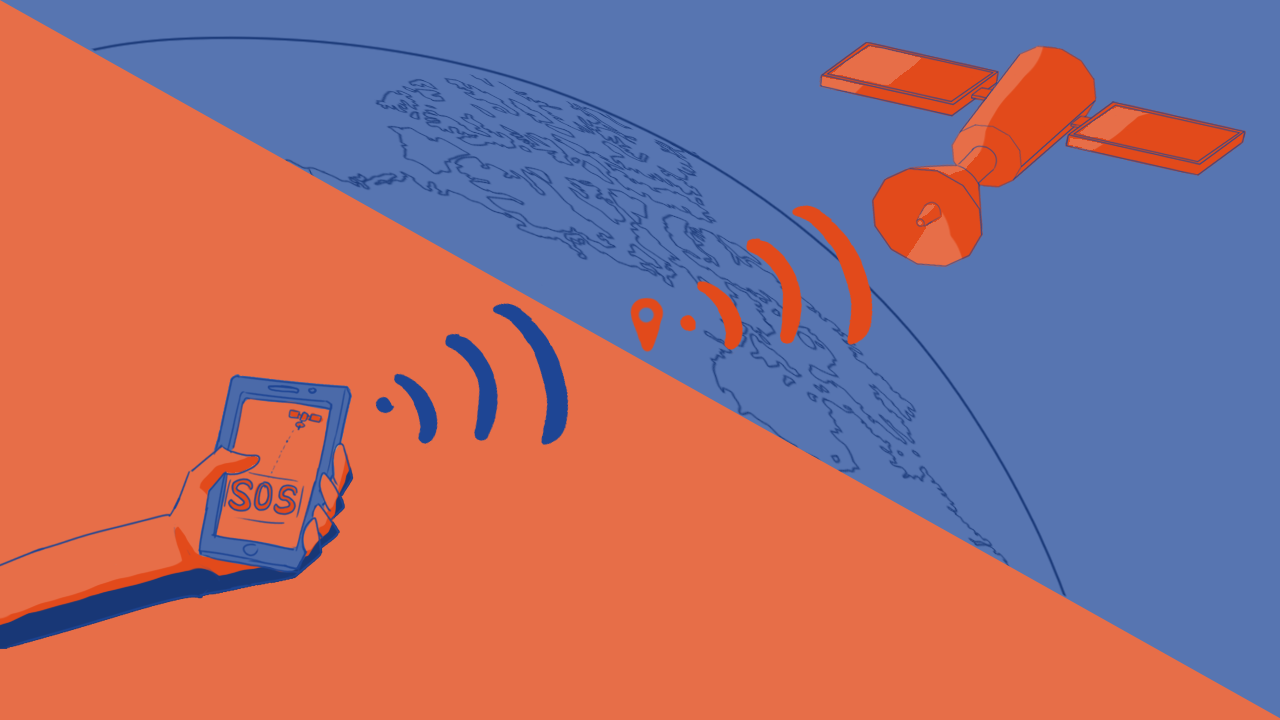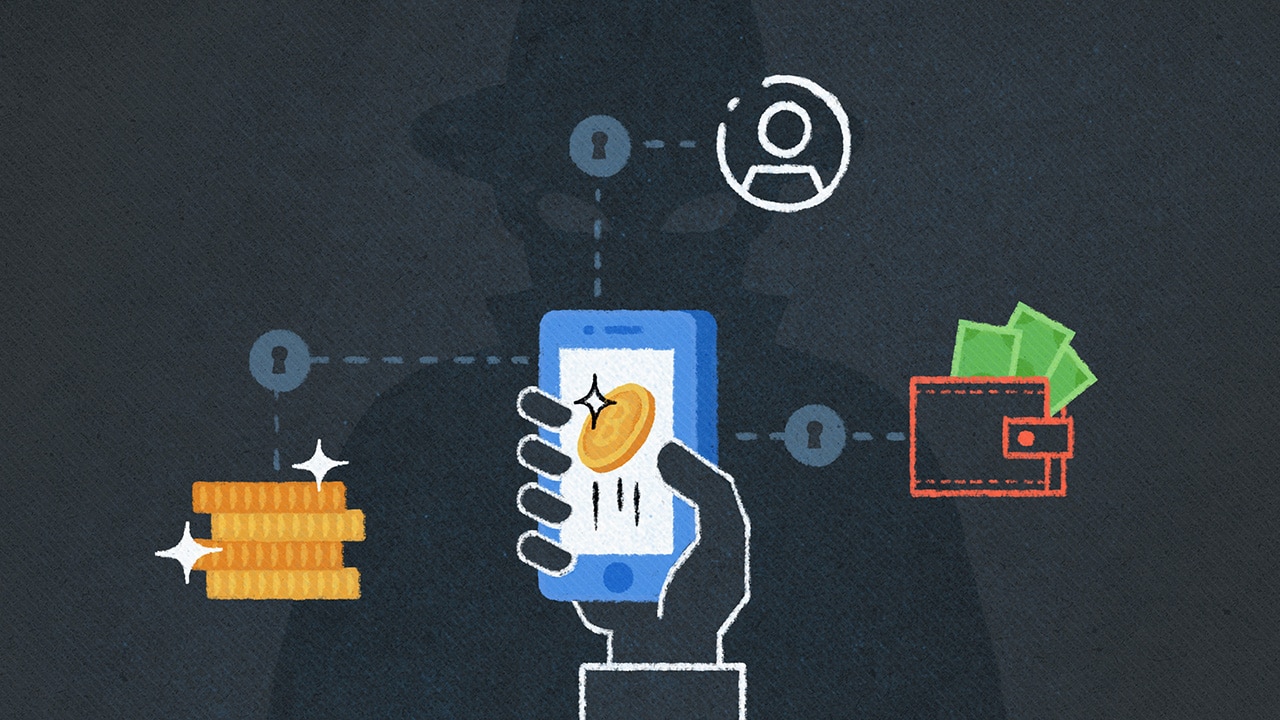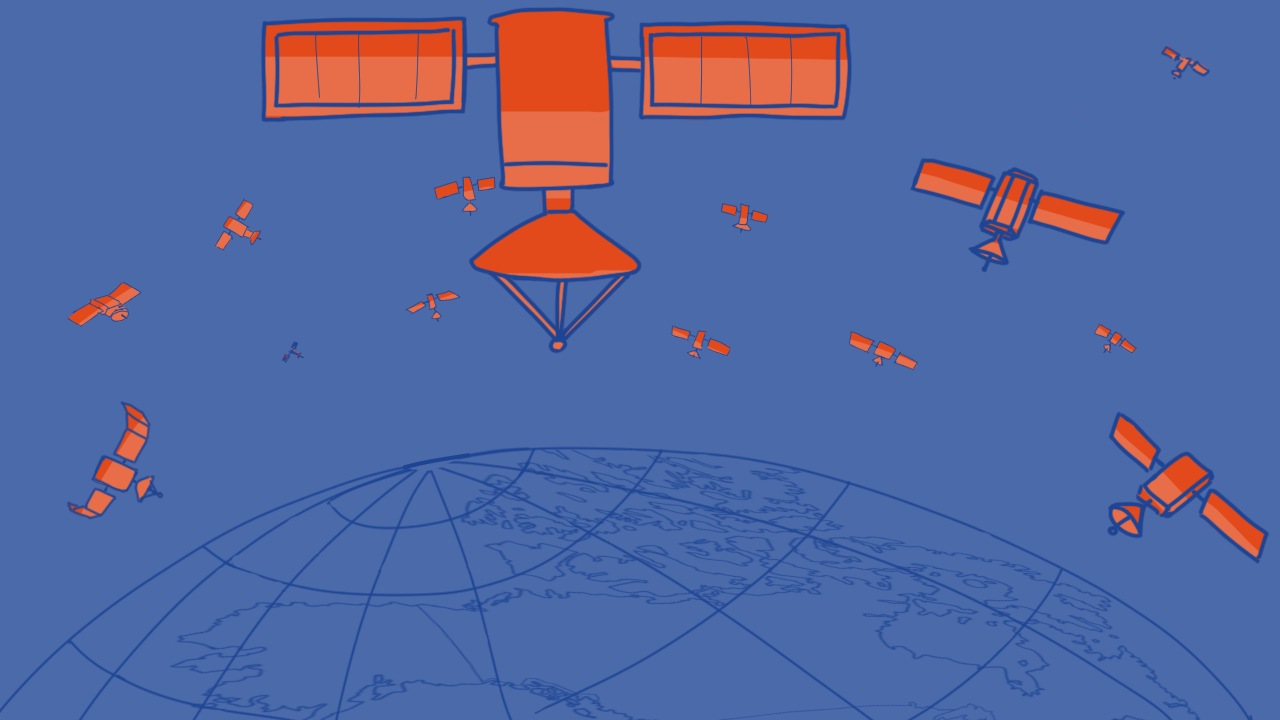Explainers
Basics of cryptocurrency: Risks and benefits
Should you buy in on the craze?

For a while, cryptocurrencies became the talk of the town across the internet. People all over the world saw the potential of what is essentially “virtual money,” starting a frenzy of investments, theories, and yes, memes — particularly towards one of the more popular cryptocurrencies, Bitcoin.
But do we really understand the power these cryptocurrencies yield, and how such power can affect the whole world over?
What are cryptocurrencies?
Cryptocurrencies are virtual currencies that are exchanged online with no interference from anyone, not even the government. These currencies, through their language of cryptography, contain secured information and are exchanged through a recording system known as a blockchain.
No one regulates the exchanges and no one controls how much of the cryptocurrency should be out there, but the blockchain keeps all of the exchanges transparent and fair for everyone. Think of it as openly sharing your share of a pizza to a friend in exchange for money, with your other friends keeping track of the exchange. Your friends make sure that you have a slice of pizza to give, your friend has the money he promised you, and that these items are actually from each of you and not from someone else.
Because of the creation of numerous cryptocurrencies all over the internet, a virtual market has been created for people who are interested and invested in these virtual currencies to trade among themselves. Groups of people have also made an effort to produce their own cryptocurrencies from their computers through cryptomining. Cryptomining, much like regular mining, is creating cryptocurrency tokens (an online version of coins) and putting them into the blockchain to be traded; it’s printing your own money, except it’s done from a computer and shared online.
In Bitcoin, for example: People who want to contribute to its blockchain to earn some share of the cryptocurrency would go through activities such as cryptomining. Despite it being one of the primary activities for creating and gaining Bitcoin, it’s also one of the more expensive ways of doing so since most cryptomining setups require computers with the most up-to-date hardware and processing speeds. Any person who wishes to do cryptomining would spend a ton of money just for the necessary hardware — all just to mine their own Bitcoin.
Where did the hype come from?
The tailend of 2017 (October to December) saw people get into a frenzy towards cryptocurrencies and its perceived value — a frenzy driven by growing interest. People had started to not only be invested (pun intended) in learning about cryptocurrencies in general, but they also searched “Bitcoin” a whole lot.
With more people understanding cryptocurrencies, investments towards such virtual currencies (particularly towards Bitcoin) increased, thereby expanding the market by a whopping 1,200 percent. Imagine getting 15,000 shares on your Facebook post about your dog within two days – that’s how quickly it blew up.
Another phenomenon that contributed to the rise of cryptocurrencies is the creation of initial coin offerings (ICO). An ICO is a public, unregulated way of earning funds for cryptocurrencies and is widely used by startups to bypass the usual fundraising activities for capital; ICOs are much like crowdfunding (such as Kickstarter or GoFundMe), except no one controls how the funding goes.
ICOs are usually distributed in Bitcoins; these will be used to start projects or applications that people create but initially have no money to operate. Because people have new ideas and the Internet is one of the faster ways to have the idea develop and spread all over, more and more people would go through ICOs to fund their projects instead of getting bank loans or using their own money.
Effects of cryptocurrencies
The impact of these cryptocurrencies take on a grand scale, especially from an economic context. People continually join the hype towards cryptocurrencies, so much so that it drives demand for them. Participating in online trading for cryptocurrencies is faster than those in the stock market, and is easily accessible by people since it is unregulated.
As such, governments are pushing for cryptocurrencies as a means for payment to add convenience for customers, especially those with plans to go paperless with their money. The Indian government, for example, is learning to embrace Bitcoin within their monetary system after taking in measures against tax evasion in black markets; they are also looking into regulating Bitcoin and other cryptocurrencies as well in the near future.
The risk of partaking in cryptocurrencies lies in its greatest feature: an organic form of virtual currency. Because no entity has any control of cryptocurrencies — including governments — these virtual currencies are prone to online attacks (most common form of attack: hacking), which rapidly hamper their growth and reduce their value significantly. With a large number of people currently trading cryptocurrencies online, the risk of hackers increases significantly, causing these people to lose more money when worse comes to worst.
Another threat posed by its greatest feature is that people would abuse the high interest rates and entice new investors to purchase tokens. Because there is no body to regulate the trading online, people engage in scams to take advantage of new investors who are not guided properly in the virtual currency market — despite it being heavily secured by cryptography.
Participating in the schemes makes the trade unfair, even with efforts to make things equal for everyone. One example is the Bitcoin Savings and Trust Ponzi scheme in 2011, which was shut down in 2012 due to the perpetrator, Trendon Shavers, being accused of raising 700,000 BTC — all from new investors who didn’t know any better.
Cryptocurrencies at present
At the moment, Bitcoin remains to be the top-traded cryptocurrency within the market, valued at US$ 151.1 billion — in spite of its decline over the past few months. Countries are starting to either accept Bitcoin as part of their national economies or reject Bitcoin and its risks. Litecoin, which was dubbed as an alternative to Bitcoin, is not performing as well as Bitcoin within the past month, culminating in a so-far failing venture with digital wallet service Abra. Ethereum, one of Bitcoin’s closest competitors, has quickly risen due to its value to customers.
There are countries in the world that think that cryptocurrencies can bring them out of total economic collapse and keep the country afloat. Venezuela, for instance had released its own cryptocurrency, Petro, after its own national currency lost its value. Other struggling nations such as Iran and Turkey are looking to follow suit, but would need enough investment to get the necessary equipment for creating their own cryptocurrencies.

Should you be worried? Do your research, familiarize yourselves with terminologies used in the world of cryptocurrencies, and always proceed with caution.
Even with the possibility of countries going paperless with their currencies, there are some that still fear its effects and have not wholeheartedly embraced cryptocurrencies. Despite the aforementioned efforts from the Indian government to shift to cryptocurrency-based payment methods, the Reserve Bank still finds engaging in cryptocurrencies illegal, to the point of barring banks from engaging in them. Reports of ransomware spreading in the United States, hacking computers used for mining Bitcoin raise security concerns for people investing in Bitcoin.
Should you be worried?
Whether you are currently investing in cryptocurrencies or not, the risks of such virtual currencies will remain to be there as long as other people keep increasing their investments towards them. The value of these cryptocurrencies continue to be unstable to this day, especially with the hype slowly dying down due to people learning more and more about cryptocurrencies and their possible (and real) dangers.
The call for people who wish to invest in these cryptocurrencies is to practice caution. Do some research, get to know more about the terminologies used in the world of cryptocurrencies, look at news reports — with the internet at your disposal, it’s better to know what you’re getting into, should you want to get into it. Anyone who wishes to create their own cryptocurrency might want to start saving up as early as now for all the hardware.
Should you be worried? Yes, to an extent, but it helps to be prepared.

Explainers
ChatGPT Explained: Should we be scared of AI?
Will the talking robot take over the world?

Back in the earlier days of the internet, an emerging but short-lived trend involved chatbots who could generate conversation with whomever it talked to. Does this sound familiar? Today, a similar phenomenon is creating a lot of waves online, headed by the infamous ChatGPT. The exceedingly popular ChatGPT is turning heads out of fear that the technology will eventually upend society and eradicate a lot of jobs.
But what exactly is ChatGPT? How is it different from language programs in the past? Is the world right to worry about them?
On the rise of language learning
ChatGPT is hardly the first software to inexplicably generate comprehensible dialogue without human intervention. Decades ago, the internet hosted rudimentary versions of today’s chatbot technology. The concept is somewhat similar, though. The early versions relied on a database of responses from human users. If you asked about coffee, for example, the answer you get will likely come from the logs of another user who talked about coffee in the past.
Because the system was imperfect in its infancy, part of the appeal was trying to get the software to fumble a conversation. However, if it did mess up, you can count on it asking you what it should have said. The next time someone asks the same question, the software might mirror what you said, creating a learning process between the software and the user.
Today, chatbots — meaning those usually used by businesses today — operate in the same way. If a customer comes with a query, the software will rely on a set of responses to most appropriately address the user’s problem. If the software can’t come up with a solution, the ball usually gets passed on to a human consultant.
Is ChatGPT just another chatbot?
Though the label certainly gets thrown around, ChatGPT isn’t strictly a chatbot. Instead, the software uses GPT-3.5, a specific language model created by OpenAI. Whereas early and more rudimentary versions of the same technology can already store an unbelievable amount of information in its memory, ChatGPT can analyze billions of words and the relationship between them.
Further, OpenAI extensively trains the software, ensuring that comprehension and grammar can live up to today’s standards. The learning is supervised. In fact, the company even has a makeshift reward system to ensure that the software puts out the most appropriate response. With users also contributing to the software’s learning process, ChatGPT is quickly emerging as a powerhouse for the technology.
The results speak for themselves. While users can generate simple conversations with the software, ChatGPT can just as easily answer more extensive queries with lengthier responses. If you ask it to create an essay about Christopher Columbus, for example, it can write a lengthy piece that can easily fool a casual reader. It can even handle more speculative queries. In a sample published by the developer, ChatGPT can answer what would happen if Columbus discovered America in 2015.
What’s it good for?
Based solely on what the software can do, ChatGPT can find its purpose in today’s world. The software can improve voice assistants and chatbots all over the internet. It can make big strides in the world of automation, enabling a more responsive interface between user and software.
On a more human aspect, the software can also handle more professional jobs with simpler prompts such as those involving simple marketing copy. It can help with more ephemeral research efforts, allowing users to get simple answers for otherwise complex questions.
And, on a more technical side, ChatGPT can reportedly analyze and detect what’s wrong with a piece of coding. With the software, developers can use ChatGPT to potentially repair code without having to pore over every single line. Allowing a powerful tool to inspect code speaks volumes for a lot of applications all over the world including smart vehicles and technical machinery.
However, as with every piece of technology, users will always find a way to use something beyond what it was originally designed for. ChatGPT is now changing the world of education as students are using the software to do their homework for them. Though a lot of the sample texts look like they can fool only lower levels of education, a Wharton business school professor (via Business Insider) recently stated that he would have been fooled by a ChatGPT essay, grading a sample with a passable grade of B or B-.
Should we be scared of ChatGPT?
ChatGPT is undoubtedly rocking the world of education. While some schools have banned the technology outright, others are debating on the software’s impact on how schools are taught. Since ChatGPT deals out more factual information, could education reinvent itself to teach more personal, tailored learning, rather than just the ability to spit out memorized facts. (“Factual” might even be an exaggeration. CNET, which recently experimented with AI-written articles, discovered a plethora of errors from using the software.)
Now, education isn’t the only world in peril. The creative industry is facing an extreme challenge wherein ChatGPT can potentially cause workers their jobs. Though the danger certainly seems real, the limitations of technology are also real. ChatGPT can create comprehensible text that can fool a human, but it will likely stumble with conceptualization.
A piece of software is just software. Even if it can write an essay about existentialism, it cannot think of the concept metaphysically. In the same way, even if it can show you a photo of a parrot, it cannot think of that photo as anything but a pattern of pixels. To a language learning software, words don’t mean anything else besides their relationship with each other. It’s the same thought process as a dog learning to run to its human when its name is called. The dog doesn’t know that you just said its name (or even the mere concept of a name); it just knows to do a certain action after hearing a specific sound.
Can ChatGPT change the world? Overall, the jury is still out, but it’s unlikely that a piece of learning software can do much to replace human-centric work. Regardless, it’s important to think of how ChatGPT can improve (or detriment) humanity.
Like with other supposedly dangerous technology, the world of technology is a Pandora’s box. We can never put the genie back into the bottle. Once it’s out, it’s out. Instead of worrying about how technology can destroy the world, the more appropriate response is to figure out how it can better humanity without sacrificing anyone’s wellbeing in the process.

When you’re looking to buy a new device, which specs should you pay attention to? Which upgrades should you consider?
In this video instead of reviewing the latest new smartphone, we’re going to talk about its unsung hero: RAM.
We partnered with @MicronTech to help you understand all the magical things that you get to do on your smartphone thanks to internal memory and storage.
To find out more about Micron’s mobile memory and storage solutions and how they’re bringing mobile innovation to life, visit https://www.micron.com/solutions/mobile or watch our explainer video.

If you watched the latest Far Out event from Apple, you might have noticed the debut of a new technology coming to smartphones: satellite connectivity. Though Apple has made the biggest deal of the new feature, the technology has existed even before Apple’s announcement. In fact, various smartphone makers are also announcing their own takes to go along with Apple’s satellites.
But what exactly is satellite connectivity? Before the world gets more of the new feature, let’s take a look at this emerging technology.
Look at the sky
The night sky is filled with satellites. Though you might not see any of them with the naked eye, they are all there in low Earth orbit (LEO). As you might imagine, their uses are aplenty. Most attribute LEO satellites to imaging, navigating, and measuring data. However, one emerging use is the improvement of connectivity for consumer devices.
Now, the biggest proponent of satellite internet is Starlink, a project of Elon Musk’s SpaceX. With over 300,000 satellites, the company’s satellite constellation provides internet to several countries including areas with low coverage. In fact, the company’s services are already somewhat in the Philippines.
Satellite internet does have its benefits. While the service isn’t the fastest, it offers connectivity that regular towers can’t normally reach. Imagine being out on a hike but you suddenly remember, oh my God, you left your stove running at home. Satellite internet will allow you to connect to the internet and notify a neighbor to check if your apartment has any wayward burn marks running up its walls.
Quite a feat, isn’t it? But is this what Apple just launched?
SOS, please someone help me
Contrary to what you might think, Apple’s new satellite connectivity doesn’t offer internet. It’s also not Starlink. Instead, it’s a simple SOS messaging service through the Globalstar satellite constellation. It won’t solve your faulty 5G service. However, it’ll help you in a pinch if you find yourself lost in the middle of nowhere.
Once again, imagine you’re out hiking. Suddenly, you fall down an unseen slope and break your ankle. You find yourself miles and miles away from civilization, and no one knows where you are. Apple’s satellite connectivity can help you send an SOS message to the authorities.
Here’s how it works. When you’re in a predicament, fire up the feature and point your phone towards the satellite nearest you. (Don’t worry; the phone will tell you where it is).
Now, it might take a few seconds to a minute before the phone can connect to a satellite — especially if the skies aren’t clear or if you’re underneath a canopy of trees. It might not even connect if the skies are completely obstructed. Regardless, while it tries to connect, the phone will ask a series of questions including who needs help and if anyone was harmed. This helps the phone craft and compress the necessary information for your message.
Because the service is only for emergencies, you can’t write an essay. Apple says that it will squeeze messages three time as small to ease transmission. It’s a wide-reaching 911 call for when you can’t actually call 911.
After compressing the message, the satellite will then beam the message to a nearby relay station on the ground, which will alert authorities for you.
Who can use it?
Naturally, only Apple users who have the latest devices will have the feature for now. Also, because it’s so new, it’s only coming to the United States and Canada with the upcoming iOS 16 update later this year. Of course, it might arrive to other territories soon after the initial launch.
China, however, is a no-go. Huawei launched its own satellite connectivity, packing the feature in the new Mate 50 series. If you’re in mainland China, you’ll have to use Huawei’s services.
Interestingly, Apple made it a point to say that the feature is free for the next two years. The implication seems clear: Users might have to fork over cash to keep the feature once the two years are up. Now, if you’re celebrating the coming of this arguably essential feature, the possibility of a paywall might leave a sour taste in your mouth. Should companies gatekeep who gets to send emergency messages in their time of need?
Passing fad or the future?
If you’re not a regular hiker, satellite connectivity might not appeal to you. However, it’s still interesting to wonder if the technology will make an impact outside of Apple. And it does seem that way.
It’s no coincidence that a few brands, including Apple and Huawei, have suddenly launched their own satellite connectivity features within a short span. Companies are putting a lot of money into the future of satellites. Very likely, Apple won’t be the last company to adopt the new feature.
Emergency satellite services are essential. Even if you don’t hike, you’ll never know when you might get into a precarious situation without cell coverage. Satellite connectivity mitigates that risk.
Now, how will the technology evolve beyond emergency services? Coupled with the efforts of Starlink, the early stages of satellite connectivity proves the concept of a satellite-laden future. Currently, a lot of services still struggle with the lack of towers in certain locations. The aid of satellites creates a future that won’t need towers everywhere. Though speed might be an issue, connectivity won’t.
That future is quite a possibility. However, it will also come with a host of questions. With space limited to only a handful of providers, will companies launch more satellites to address the potential need? How will space look like then? Will it just be a wasteland of used satellites? How much will everything cost? Though it’s coming, the future still has much to clarify.
Illustrations by Garel Perpetua.
-

 Reviews2 weeks ago
Reviews2 weeks agoThe Xiaomi Pad 6 is great for the editor on-the-go
-

 Reviews2 weeks ago
Reviews2 weeks agoHONOR 90 review: Simply bedazzling
-

 Gaming2 weeks ago
Gaming2 weeks agoRefurbished Steam Decks are now available through Valve
-

 Health2 weeks ago
Health2 weeks agoRedmi Watch 3 Active: Basic but better
-

 Gaming2 weeks ago
Gaming2 weeks agoRockstar officially partners with Grand Theft Auto V roleplay servers
-

 Gaming2 weeks ago
Gaming2 weeks agoPlayStation 5 Slim supposedly leaked online
-

 Entertainment2 weeks ago
Entertainment2 weeks agoCatch Cinemalaya 2023 films at Ayala Malls this weekend
-

 Apps2 weeks ago
Apps2 weeks agoSpotify DJ feature now available in the Philippines



























